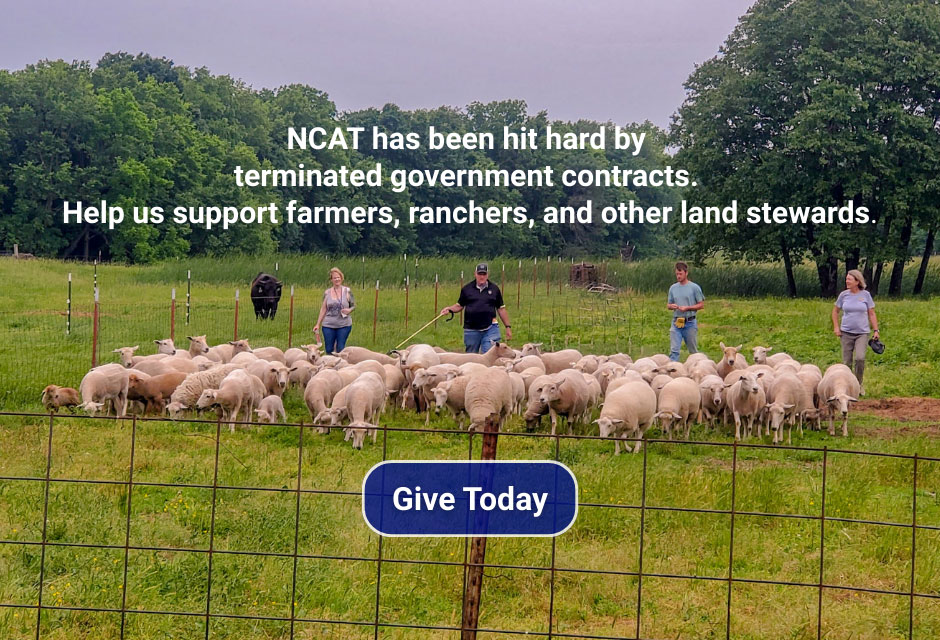Episode 320. She’s Raising Sheep: Dr. Kathy Soder of Pennsylvania, Part 2
This episode of Voices from the Field continues a conversation between NCAT Sustainable Agriculture Specialist Linda Poole and Dr. Kathy Soder, who runs 125 Dorset ewes on 96 acres in […]

